TL;DR
- Bless Network provides a new distributed infrastructure solution to meet the explosive growth of AI computing needs. Traditional centralized cloud infrastructure cannot solve the key challenges of stability, accessibility and cost.
- Bless powers its distributed edge computing by leveraging the idle resources of everyday devices such as MacBooks and PCs. The platform ensures stability through automatic orchestration, enhances security through WASM-based isolation, and reduces costs to 10% of traditional cloud services.
- Bless provides decentralized support for blockchain, an efficient platform for developers, and increased computing accessibility for retail users. The platform will become the core infrastructure for industries that require real-time computing, from autonomous driving to smart cities.
1. AI: From the productivity era to the production era
AI technology has reached a tipping point. It is no longer just a tool to enhance human productivity. Today, AI can perform meaningful work with minimal human guidance and generate independent value. Today’s AI agents can analyze complex scenarios, make autonomous decisions, and perform advanced tasks. Agents can generate in-depth reports and be programmed at the level of senior developers.
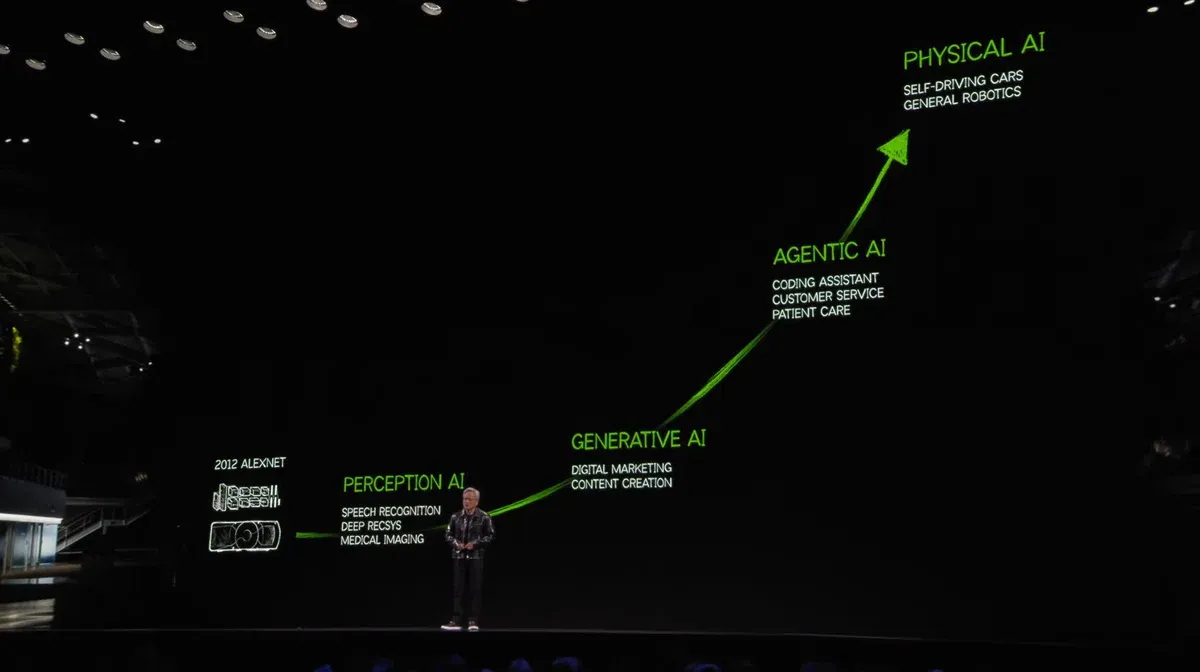
Source: CES 2025
What was once considered a distant future is now just the beginning of disruption. At CES 2025, NVIDIA CEO Jensen Huang said: "AI technology is redefining the fundamental way every industry operates." Huang believes that AI will change the way businesses operate, reshape value creation, and affect every aspect of daily life.
2. AI challenges: stability, accessibility, and cost
As the technology leaps forward, AI adoption is surging. OpenAI’s ChatGPT hit 100 million monthly active users (MAU) just two months after its launch. This achievement marks a growth rate that outpaces other applications. This growth trend is not limited to initial user interest. The continued momentum indicates a fundamental shift in how we use technology.
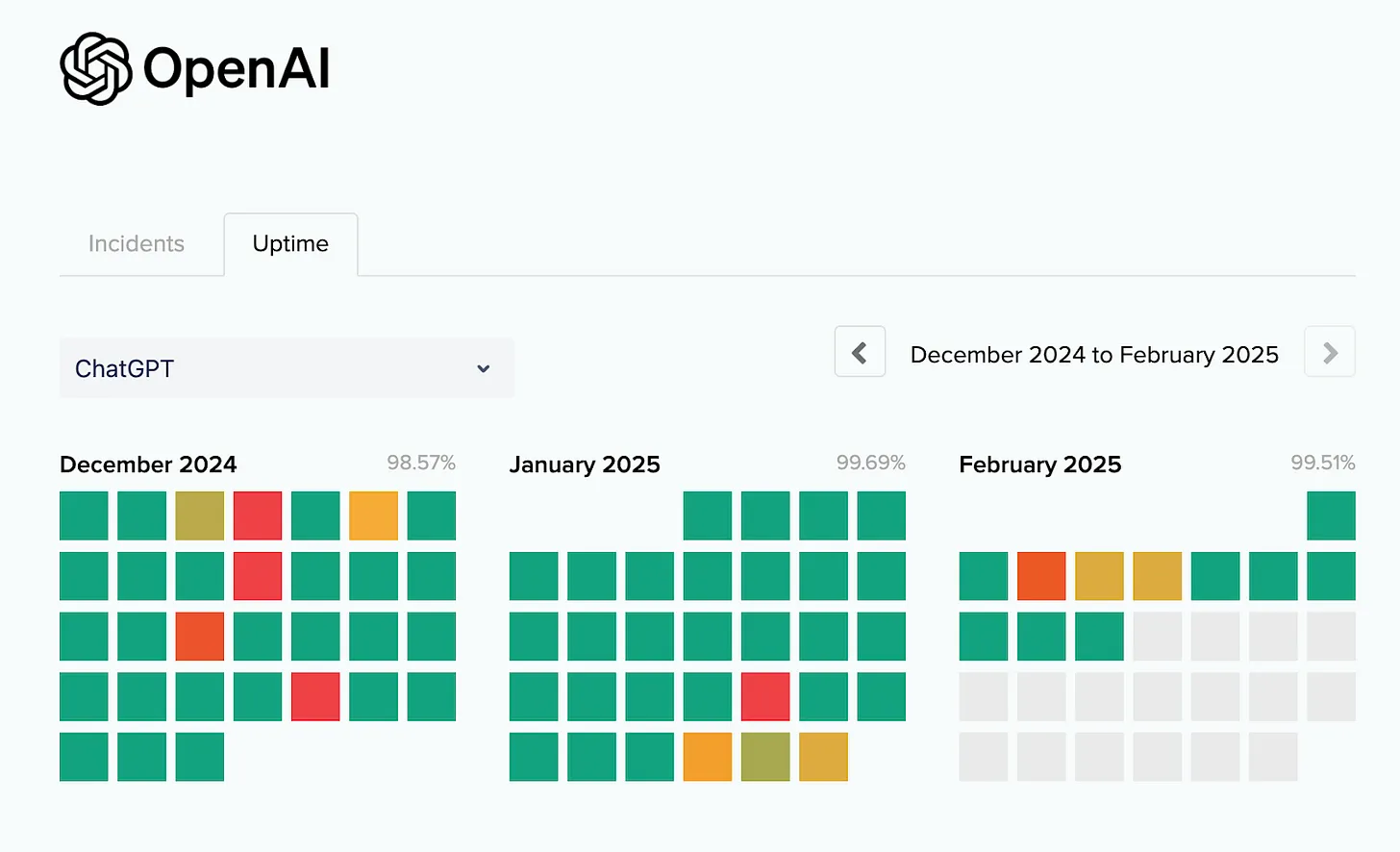
OpenAI's service availability heat map. Source: OpenAI
However, the widespread use of AI tools among consumers has put a huge strain on the existing power infrastructure. Large-scale language models (LLMs) require a lot of computing resources, and high user traffic often leads to service interruptions. OpenAI's service availability heat map for the past three months shows frequent congestion.
To meet the growing demand for AI usage, businesses and governments are expanding data center infrastructure. The Stargate project in the United States exemplifies this trend. However, AI operations cannot be sustained by centralized systems alone. As usage increases, the pressure on existing servers increases. In addition, users far from the data center will experience slower response times, which will reduce performance.
Cost is another major challenge. Training and running AI models requires a lot of investment, which makes it difficult to build a sustainable business model. For example, Deepseek initially gained market attention with low prices, but recently increased its API fees fivefold. Similarly, OpenAI is still loss-making and relies on external funding to maintain operations.
Centralized infrastructure cannot solve these core challenges. The industry needs a more distributed solution. Bless provides a decentralized solution that solves key problems in today's AI field. By leveraging distributed edge computing, Bless creates a scalable and efficient infrastructure that can meet the growing demand for AI services. This decentralized model improves accessibility, reduces costs, and provides more reliable AI solutions to the expanding market.
3. Bless Network: A new computing paradigm in the AI era

Source: Bless Network
Founded by alumni of Binance Labs and Akash Network, Bless has raised $8 million in seed funding. The project is developing a distributed edge computing network to meet the growing needs of the AI era. Currently, Bless runs a testnet on Solana and has attracted more than 2.7 million users.
Bless leverages the idle computing power of everyday devices such as MacBooks and PCs. The network leverages community computing resources rather than relying on centralized data centers. It handles diverse tasks including AI inference, data processing, and network hosting. The system distributes workloads based on device capabilities. High-performance devices run AI model training, while other devices handle simpler tasks. Developers have access to a transparent, stable, and cost-effective computing environment. This decentralized approach provides scalable and flexible computing infrastructure to anyone who needs computing resources.
4. Clear incentives for distributed computing infrastructure
Bless provides clear incentives through its token economic model. Node operators earn Bless tokens by providing idle computing resources. Service users use these tokens to purchase computing resources based on demand.

The platform distributes 90% of the tokens paid by users to node operators. From this revenue, 10% goes to the treasury. The other 10% is used to support the stability of network value through buybacks and token destruction. This transparent economic structure creates clear incentives for participants and promotes sustainable growth and expansion of the network.
Web3-based token economics provides an ideal framework for building distributed computing infrastructure. Unlike traditional centralized cloud systems that are subject to corporate and regulatory restrictions, Bless has built an open, token-based network that welcomes global participation. This decentralized approach operates independently of national regulations and allows users to access computing resources without being restricted by centralized payment systems.
Bless allows anyone to participate, without the need for specialized equipment or technical knowledge. As personal devices continue to improve in performance, it becomes easier to contribute to the network. This design attracts more participants because it enables users to earn a stable income through rewards. Over time, this structure has the potential to evolve into a universal basic income (UBI) model.
5. Bless's three major advantages: cost, stability and security
5.1. Stability: Dynamic Management through Automatic Orchestration
Bless ensures infrastructure stability through automatic orchestration. The system analyzes network status in real time and assigns tasks to the most suitable nodes. This approach is similar to Uber's carpooling model. Traditional taxis have limited responsiveness due to fixed locations and vehicle restrictions, while Uber optimizes driver allocation based on real-time demand and traffic conditions. Similarly, Bless provides reliable services by leveraging globally distributed user devices rather than relying on centralized infrastructure.
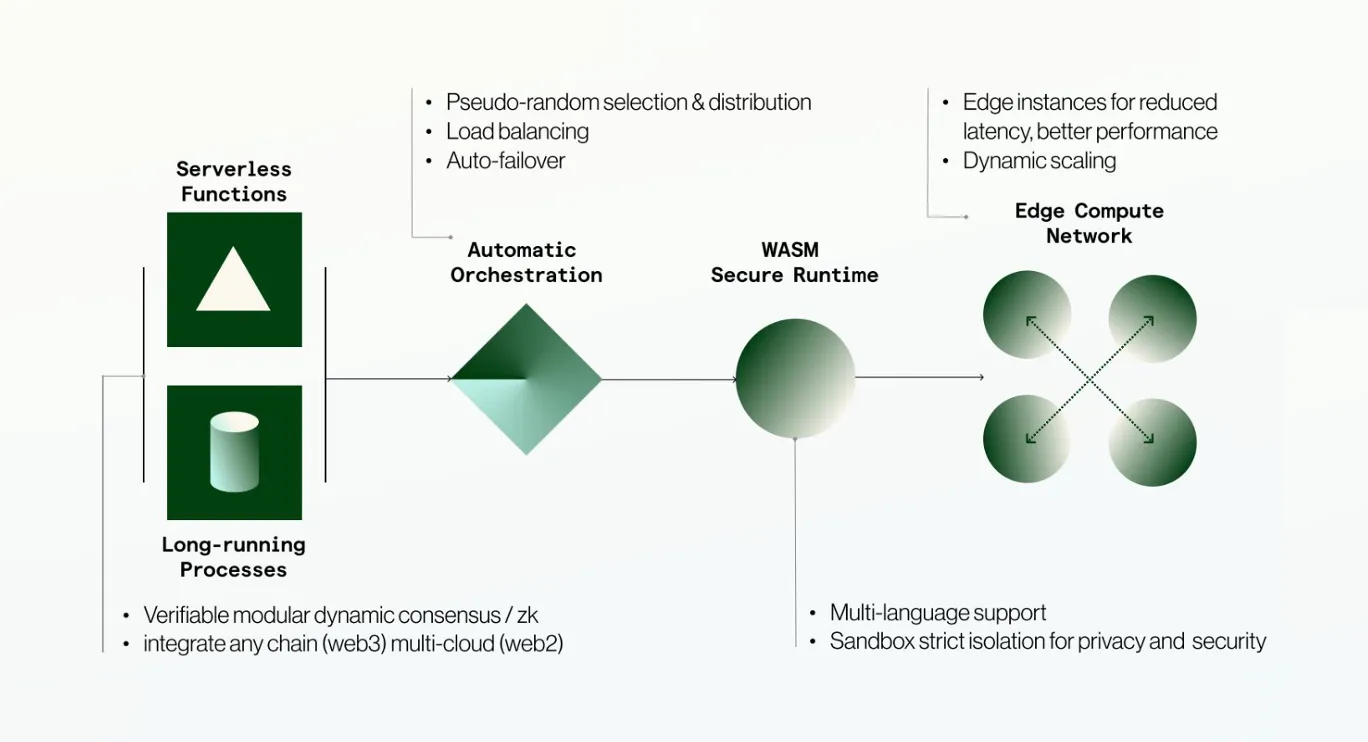
Source: Bless Network
Bless optimizes task allocation by evaluating factors such as workload type, node performance, historical reliability, current state, and geographic proximity. It assigns long-running processes to highly stable nodes and places serverless functions on nearby nodes to ensure faster execution and reduced latency.
Bless improves network efficiency and security through advanced technology. It uses simulated annealing, an optimization technique, to evaluate node response time and hardware performance. In addition, it adopts a mathematical method called Greek-Latin square distribution to randomly distribute workloads to multiple nodes, preventing manipulation and enhancing network security.
Automatic orchestration also enables fast failover. Geolocation-aware gateways and a continuous health check system monitor node performance in real time. When a node fails, the system immediately redistributes the workload to the nearest qualified node, minimizing downtime. Bless guarantees sub-second failover, redistributing tasks within 800 milliseconds to ensure uninterrupted service.
5.2. Cost reduction: economic benefits of utilizing idle resources
Bless provides a cost-effective alternative to traditional cloud services by leveraging distributed edge computing. Traditional cloud services require heavy investments in data centers. Companies must build physical infrastructure, manage facilities, and ensure continuous power supply. These fixed costs increase the service fees for end users.
However, Bless reduces costs to end users by leveraging the idle computing power of personal devices and enables sustainable delivery through automatic orchestration (as described in the previous section). This model eliminates the need for data center construction and reduces operating costs to about 10% of traditional cloud services.
Managed cloud services simplify IT operations, but the growing demand for AI computing power brings new challenges. According to IDC (International Data Corporation), global public cloud spending is expected to reach $805 billion in 2024 and double in 2028. To stay competitive, companies must adopt cost-effective solutions.
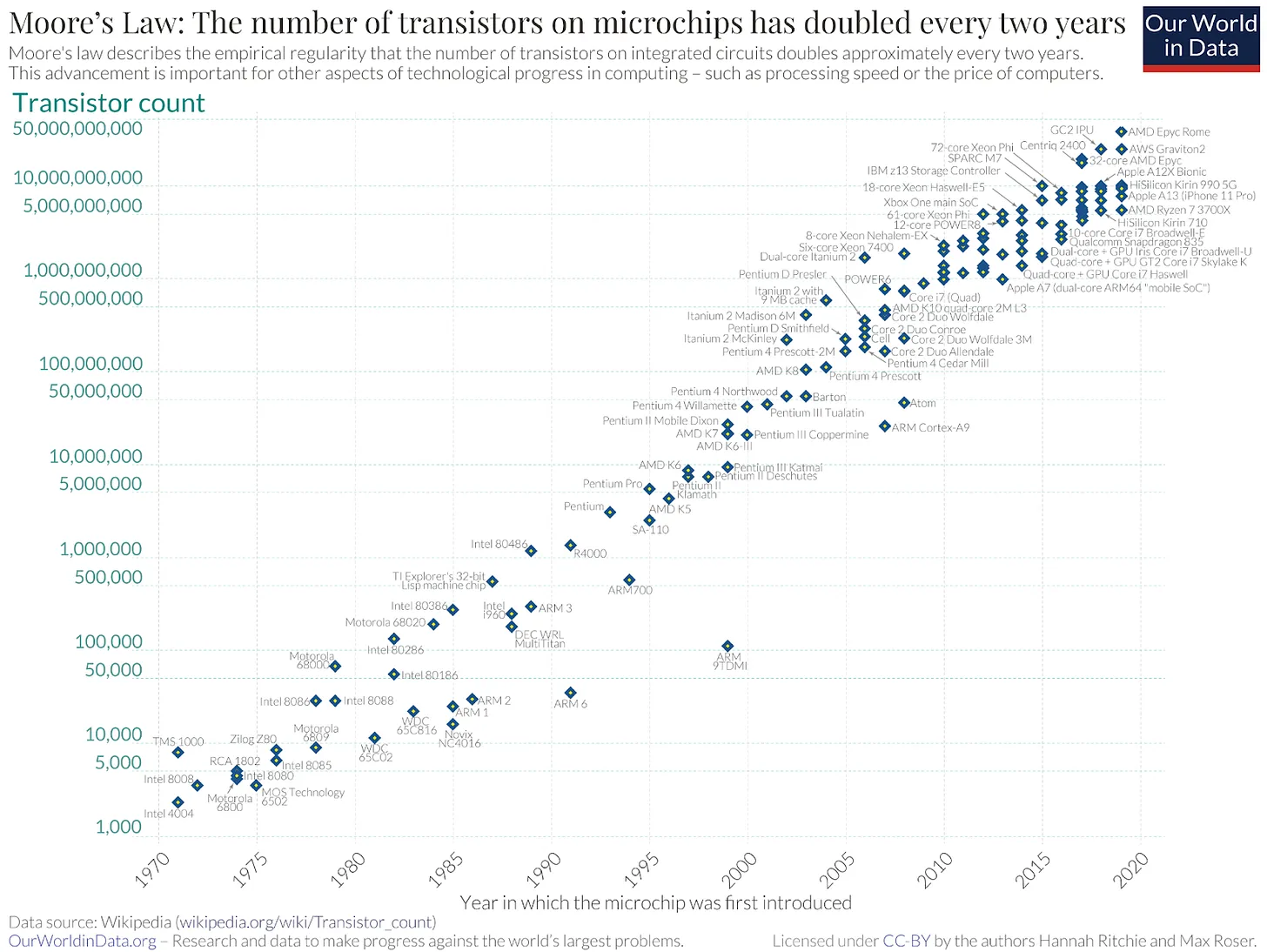
Source: Our World in Data
Bless offers a scalable and affordable alternative. The increase in the technological capabilities of personal devices leads to an increase in the potential supply of idle computing resources, thereby strengthening the decentralized, sustainable infrastructure that supports the AI era.
5.3. Security: WASM-based isolated environment
Security is critical to distributed computing. Systems must block malicious code and protect developer code and data. Bless addresses these risks with a secure runtime environment based on WebAssembly (WASM).
Bless's WASM security framework is like a bank vault. Developers (clients) store code and data in the WASM environment (vault). Node operators (bank employees) perform tasks but cannot access these storages, ensuring strict security.
In addition, WASM optimizes performance and protects business logic through ahead-of-time compilation (AOT) and bytecode obfuscation. It protects runtime data through memory encryption. WASM provides TEE-like security through software-based isolation. This approach eliminates the reliance on hardware-based isolation systems such as Intel SGX or AMD SEV.
This secure environment ensures transparent operation of the AI agent. Since the code runs in an isolated environment, the system can verify that the AI agent is operating autonomously without human intervention. With the advancement of zero-knowledge proof (ZKP) technology, this security framework will become more powerful.
6. Explore new possibilities of distributed edge computing
6.1. Solving the centralization problem of blockchain infrastructure
Currently, the blockchain ecosystem relies heavily on centralized cloud infrastructure. Most blockchain validators run on AWS, Google Cloud Platform, or Microsoft Azure. Decentralized applications (dApps) also run on the same centralized platforms. These services provide stability but conflict with the core decentralized principles of blockchain.
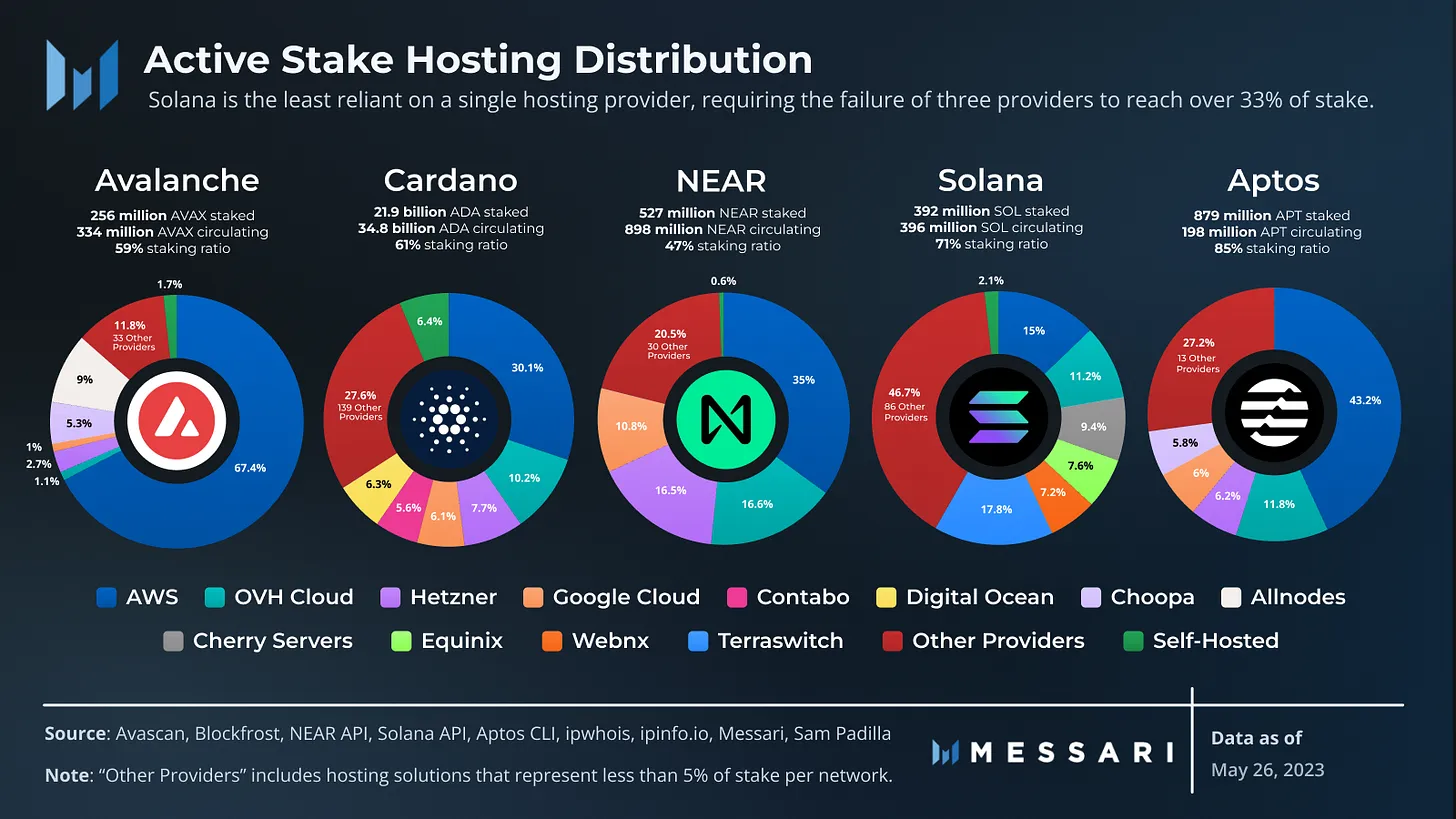
Bless provides a solution through a geographically distributed network of nodes, enhancing security and stability and providing additional fault protection. More participants increase the level of decentralization and improve the resilience of the network. This model supports blockchain validators and dApp developers, providing a more independent and scalable infrastructure.
6.2. Provide developers with an efficient development platform
Bless provides developers with an efficient development environment through distributed edge computing, taking a local-first approach to run tasks on nearby nodes. This approach reduces latency and improves service stability. Netflix's CDN (Content Distribution Network) uses a similar model to ensure a smooth streaming experience for users around the world.
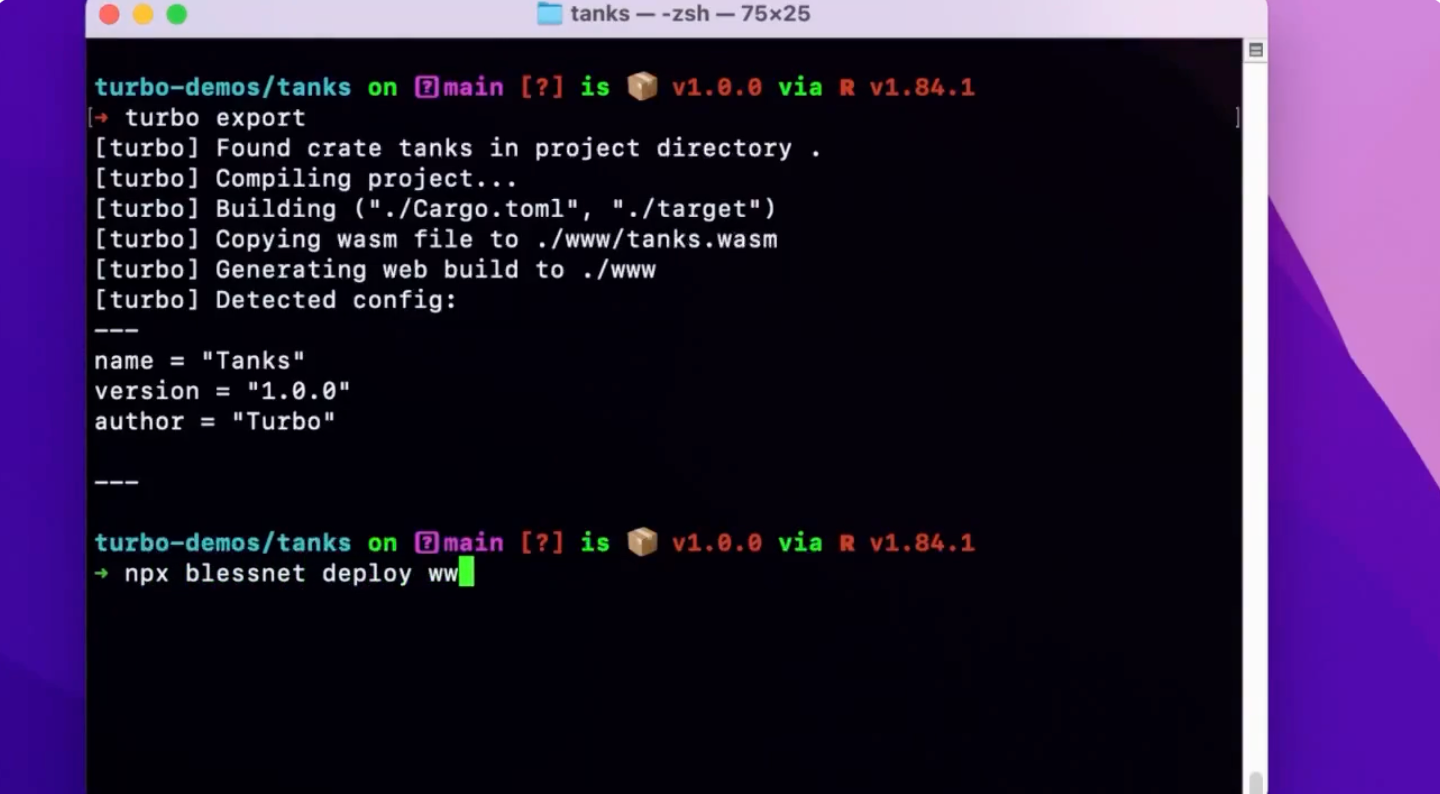
Bless CLI provides everything you need from project management to deployment processing. Developers can deploy websites or front-end applications to Bless's infrastructure with a single command. The platform provides testing and monitoring capabilities. The WASM runtime environment supports programming languages such as Python, JavaScript, Go, Rust, etc. Developers are free to code in their favorite language.
Bless provides a serverless computing environment Functions similar to AWS Lambda. Triggers automatically execute tasks based on network and chain events. These functions provide a flexible and efficient development environment.
6.3. Providing new possibilities for retail users
The demand for high-performance computing is growing rapidly. In many cases, advanced AI models like Deepseek's 70B+ model require more computing power than a personal computer can handle. Bless's distributed infrastructure enables users to quickly and easily access these LLMs.
Bless also has strong potential in the gaming industry. As game graphics advance, players demand high-performance hardware. Bless leverages distributed computing to provide high-quality rendering at a lower cost. It provides a viable alternative.
In addition, users can share their computing power and earn income. This creates new economic opportunities in the digital age.
7. Bless: Expanding to a global computing grid
Bless supports more than just AI. The network can also support industries that require real-time processing, such as autonomous driving, smart cities, and medical diagnosis. These industries require low-latency computing, making edge computing more efficient than a single data center. Bless meets this need through a flexible distributed architecture, aiming to become a critical infrastructure for advanced industries.
Bless is scaling to meet growing demand. The network now supports 800,000 daily active users (DAU) through the Chrome extension and has over 2.7 million registered nodes.
Bless plans to introduce three new node types:
Desktop nodes : standalone applications used for long-running workloads.
CLI Node : A Docker-based solution for institutions and professional operators.
Nested nodes : Opt-out nodes that automatically contribute computing power when a user opens a supported application.
Nested nodes enable easy network expansion. Users do not need to install anything, and computing power automatically scales as more users access supported applications. This model follows Bless's network neutral application (nnAPP) paradigm.
The system connects devices such as MacBooks, PCs and servers into distributed nodes in real time, enabling instant access to global computing resources. This eliminates geographical restrictions and lays the foundation for a global computing grid. Bless aims to create a universal infrastructure that can support computing needs in a variety of high-tech fields.
8. Conclusion
The AI era requires infrastructure that can handle surging workloads. Data centers alone cannot meet this demand, especially as cost and latency issues persist. Bless addresses these challenges through a decentralized model that leverages idle resources.
This approach is more than just a technological solution. It prioritizes accessibility and the equitable distribution of computing power to reduce the global computing gap. Just as the Internet expanded access to information, Bless aims to expand access to AI on a global scale. This vision opens up new possibilities for a more inclusive AI-driven future.
















